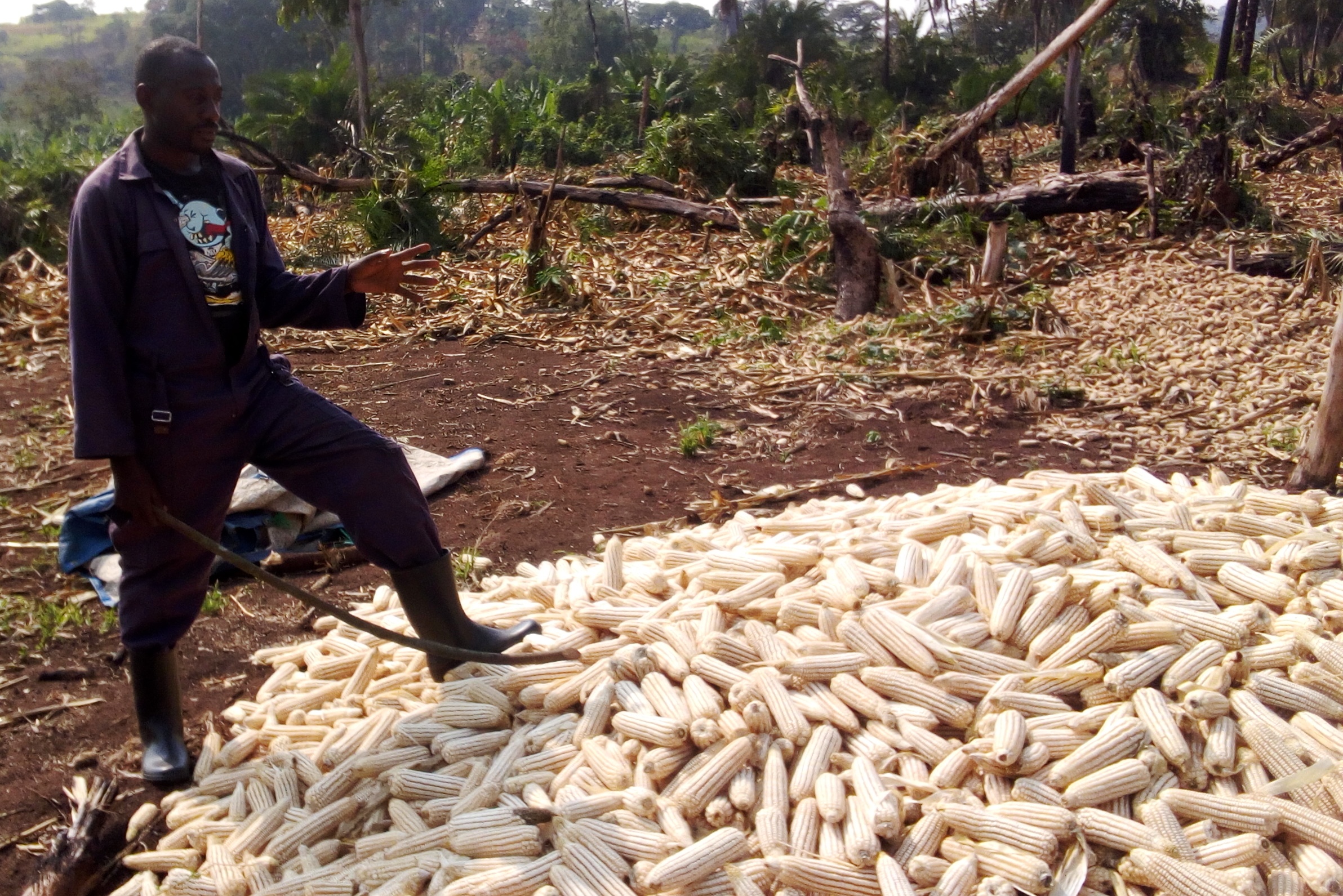

Articles
How Much Fertilizer Per Acre Of Corn
Modified: January 19, 2024
Discover the ideal amount of fertilizer per acre of corn in this informative article. Learn expert tips and recommendations to maximize yield and optimize crop growth.
(Many of the links in this article redirect to a specific reviewed product. Your purchase of these products through affiliate links helps to generate commission for Storables.com, at no extra cost. Learn more)
Introduction
Welcome to our comprehensive guide on determining the ideal amount of fertilizer to apply per acre of corn. As a farmer or agricultural enthusiast, understanding the appropriate fertilizer application rate is crucial for maximizing crop yield and ensuring optimal nutrient uptake by the corn plants. In this article, we will explore the various factors that influence fertilizer application rates and provide practical guidance on calculating and adjusting these rates based on specific crop and soil conditions.
Applying the right amount of fertilizer is essential for promoting healthy plant growth and achieving high yields. However, it is equally important to avoid over-application, as excessive fertilizer can lead to environmental pollution and wastage of resources. A well-balanced and targeted fertilization program can significantly enhance soil fertility and crop productivity.
Before determining the exact fertilizer application rate for your corn acreage, it is crucial to consider several factors, including soil analysis, nutrient requirements, and crop growth stage. Soil analysis provides a comprehensive understanding of the nutrient composition and availability in your soil. This analysis can help you identify any deficiencies or excesses of essential nutrients such as nitrogen, phosphorus, potassium, and micronutrients, which are vital for corn growth.
Based on soil analysis and nutrient requirements, you can calculate the specific fertilizer needs for your corn crop. The application rates for each nutrient may vary depending on several factors, including soil type, previous crop history, and expected yield goals. In this guide, we will delve into the recommended application rates for nitrogen, phosphorus, potassium, and micronutrients, giving you a clear understanding of how to optimize nutrient availability and uptake for your corn plants.
The timing and method of fertilizer application are equally important considerations. Different nutrients may require specific application timings to ensure proper uptake by the crop. The method of application, such as broadcast, banding, or sidedressing, can also impact nutrient efficiency and plant utilization.
Lastly, it is crucial to monitor crop conditions throughout the growing season and adjust fertilizer rates as needed. Factors such as weather conditions, pest pressures, and disease incidence can impact nutrient requirements. Regular crop scouting and soil testing can help identify any deficiencies or issues that may require adjustments to the fertilizer application rate.
By understanding and implementing the proper fertilizer application rates for your corn acreage, you can optimize crop yield, enhance soil fertility, and contribute to sustainable agricultural practices. So let’s delve into the factors affecting fertilizer application rates and discover how to maximize the potential of your corn crop!
Key Takeaways:
- Proper fertilizer application in corn production requires understanding soil analysis, calculating nutrient needs, and adjusting rates based on crop conditions. This ensures optimal nutrient availability and promotes healthy plant growth for maximum yield potential.
- Monitoring crop conditions, adjusting fertilizer rates, and following recommended guidelines are essential for successful corn production. Adapting to changing circumstances and optimizing nutrient availability leads to improved yield and overall crop performance.
Read more: How Much Is Corn Seed Per Acre
Factors Affecting Fertilizer Application Rates
When determining the appropriate fertilizer application rates for corn, it is vital to consider various factors that can influence nutrient requirements and uptake by the crop. By understanding these factors, you can make informed decisions on how much fertilizer to apply per acre. Let’s explore the key factors that affect fertilizer application rates for corn:
- Soil Type and Composition: Different soil types have varying nutrient-holding capacities and fertility levels. Sandy soils, for example, tend to have lower nutrient retention and may require more frequent fertilization compared to clay soils. Soil composition, including nutrient levels and pH, also affects fertilizer recommendations. Conducting a soil analysis is crucial to determine the specific characteristics of your soil and adjust your fertilizer application rates accordingly.
- Previous Crop History: The previous crop grown on the land can impact the nutrient levels in the soil. Certain crops, such as legumes, are capable of fixing nitrogen from the atmosphere and leaving residual nitrogen in the soil for future crops. Understanding the nutrient contributions or depletions from previous crops can help adjust fertilizer rates accordingly.
- Crop Variety and Growth Stage: Different corn varieties have varying nutrient requirements. It is essential to consider the specific nutrient demands of the corn variety you are growing. Additionally, the growth stage of the crop influences nutrient uptake. During the early vegetative stage, corn plants require higher levels of nitrogen, while during the reproductive stage, phosphorus and potassium become more critical. Adapting your fertilizer application rates to the specific growth stage of the crop ensures optimal nutrient availability when corn plants need it most.
- Expected Yield Goals: The desired yield goals for your corn crop play a significant role in determining fertilizer application rates. Higher yield goals generally require higher nutrient inputs. However, it is crucial to strike a balance between yield goals and realistic achievable targets. Over-application of fertilizers may not necessarily result in proportional yield increases and can lead to nutrient runoff and environmental pollution.
- Environmental Considerations: Environmental factors, such as climate, rainfall patterns, and temperature, can impact nutrient availability and uptake by the crop. In regions with high rainfall or sandy soils, there is a higher risk of nutrient leaching, which may require adjustments to fertilizer rates or more frequent application intervals. Additionally, extreme weather conditions, such as droughts or heavy rainfall, can affect nutrient cycling and availability in the soil.
By considering these factors and gaining insights into your specific growing conditions, you can determine the appropriate fertilizer application rates for your corn acreage. Conducting a thorough analysis of your soil, understanding crop nutrient requirements, and adapting to environmental considerations will help you optimize nutrient uptake, promote healthy crop growth, and achieve desired yield goals.
Soil Analysis and Nutrient Requirements
Performing a soil analysis is a crucial step in understanding the nutrient composition and fertility level of your soil. Soil analysis provides valuable insights into the nutrient status, pH level, organic matter content, and texture of your soil. These factors influence the nutrient requirements and fertilizer application rates for your corn crop.
Soil samples should be collected from different areas of your field to account for potential variations in nutrient levels across the acreage. It is recommended to collect samples at a depth of 6 to 8 inches. Using a soil probe or shovel, take multiple samples from each area and combine them into a composite sample. Thoroughly mix the composite sample and send it to a reputable soil testing laboratory for analysis.
The soil analysis report will provide information on the levels of essential nutrients such as nitrogen (N), phosphorus (P), potassium (K), and micronutrients like zinc (Zn), copper (Cu), manganese (Mn), and boron (B). These nutrients play crucial roles in the growth and development of corn plants.
The report will indicate the soil’s nutrient content in terms of parts per million (ppm), and it may also provide recommendations for fertilizer application rates based on the nutrient levels detected in your soil. These recommendations are typically tailored to specific crops and can help you determine the appropriate amount of fertilizer to apply per acre.
It is essential to pay close attention to the recommendations provided by the soil analysis report. These recommendations consider the nutrient requirements of corn at different growth stages and help ensure optimal nutrient availability for the crop. However, it is important to note that soil analysis reports are estimations, and adjustments may be required based on other factors like yield goals and environmental conditions.
Moreover, it is necessary to consider other soil factors assessed through the analysis, such as soil pH and organic matter content. Soil pH influences nutrient availability and uptake by the crop. If the pH is too high or too low, certain nutrients may become unavailable to the plants. Adjusting soil pH to the appropriate range, typically around 6 to 6.5 for corn, can enhance nutrient availability and maximize fertilizer efficiency.
Organic matter content indicates the level of decomposed plant and animal materials in the soil. Soils with higher organic matter generally have better nutrient holding capacity and microbial activity, which can contribute to improved nutrient availability. Increasing organic matter through the addition of organic materials like compost or cover crops can help enhance soil fertility and reduce the reliance on synthetic fertilizers.
By conducting a soil analysis and considering the nutrient requirements outlined in the report, you can make informed decisions regarding fertilizer application rates. This ensures that your corn crop receives the necessary nutrients for optimum growth and development while minimizing the risk of nutrient deficiencies or excesses.
Calculating Fertilizer Needs
Once you have obtained the soil analysis report and determined the nutrient requirements for your corn crop, the next step is to calculate the specific amount of fertilizer needed for your field. This calculation takes into account factors such as nutrient recommendations, field size, and desired nutrient application rates.
First, determine the nutrient content of the fertilizer you plan to use. Fertilizers are labeled with three numbers that represent the percentage of nitrogen (N), phosphorus (P), and potassium (K) they contain. For example, a fertilizer with a label of 20-10-10 contains 20% nitrogen, 10% phosphorus, and 10% potassium.
To calculate the amount of fertilizer needed per acre, you’ll need to know the desired nutrient application rates based on the soil analysis report. These rates are usually given in pounds per acre or kilograms per hectare.
Let’s use nitrogen (N) as an example. If the soil analysis report recommends applying 150 pounds of nitrogen per acre and you are using a fertilizer with a nitrogen content of 20%, you can calculate the amount of fertilizer needed as follows:
Amount of nitrogen needed = Desired nitrogen application rate / Nitrogen content of the fertilizer
Amount of nitrogen needed = 150 pounds / 0.20 (or 20% as a decimal) = 750 pounds of fertilizer per acre
Using the same method, you can calculate the amount of phosphorus (P) and potassium (K) fertilizer needed based on the recommended application rates and the nutrient content of the fertilizer you plan to use.
It is important to note that nutrient recommendations can vary depending on factors like soil type, previous crop history, and yield goals. Adjustments may be necessary to account for these variations and optimize nutrient availability for your corn crop.
When calculating fertilizer needs, consider the size of your field. The formulation used in this calculation assumes one acre of land. If your field size is different, adjust the amount of fertilizer accordingly.
Remember to follow safe handling practices when applying fertilizers and adhere to local regulations regarding fertilizer application rates to ensure environmental protection and sustainable agricultural practices.
By calculating fertilizer needs based on nutrient recommendations and understanding the nutrient content of your chosen fertilizer product, you can accurately determine the amount of fertilizer required to meet your crop’s needs. This approach promotes efficient nutrient utilization, optimizes crop growth, and minimizes the risk of nutrient imbalances or wastage.
Nitrogen Application for Corn
Nitrogen is a vital nutrient for corn plants, playing a crucial role in various physiological processes such as photosynthesis, protein synthesis, and overall plant growth. Adequate nitrogen application is essential to maximize corn yield and ensure optimal plant development.
The nitrogen requirement of corn varies throughout its growth stages. During the early vegetative stage, corn plants have a high demand for nitrogen as they establish a strong root system and initiate leaf development. As the crop transitions to the reproductive stage, nitrogen becomes essential for ear development, grain filling, and overall yield potential.
When determining the nitrogen application rate for corn, consider factors such as soil analysis, previous crop history, yield goals, and environmental conditions. The soil analysis will provide insights into the existing nitrogen levels in the soil, helping you determine if any additional nitrogen is needed.
Generally, corn requires approximately 1-1.2 pounds of nitrogen per bushel of expected yield. For example, if you anticipate a yield of 200 bushels per acre, the nitrogen requirement would be around 200-240 pounds per acre. However, it is important to adjust these rates based on other factors such as soil fertility, expected nutrient availability, and crop management practices.
The timing of nitrogen application is crucial to ensure corn plants have a continuous supply of nitrogen throughout their growth cycle. Splitting the nitrogen application into multiple timings can improve nitrogen use efficiency and minimize nutrient losses. Many farmers employ a pre-plant or pre-emergence application, followed by one or two sidedress applications during the early vegetative stage or just before tasseling.
Sidedressing nitrogen is particularly beneficial because it allows for more precise application timing based on crop stages and environmental conditions. This approach reduces the risk of nitrogen loss through leaching or volatilization and ensures the nitrogen is available when the corn plant needs it most.
There are various nitrogen fertilizer sources available, such as urea, ammonium nitrate, and ammonium sulfate. The choice of fertilizer source depends on factors such as cost, availability, and local regulations. It is important to follow proper application techniques to ensure the nitrogen fertilizer is effectively and safely delivered to the crop.
Regular monitoring of crop health and growth is essential to assess the nitrogen needs of the corn crop. Visual symptoms, such as yellowing or stunted growth, can indicate nitrogen deficiency. Leaf tissue testing can provide further insights into the crop’s nutrient status and help guide adjustments to the nitrogen application rate.
By carefully considering the nitrogen requirements of corn, utilizing accurate soil analysis, and adopting appropriate application timings and techniques, you can optimize nitrogen utilization, promote healthy crop growth, and achieve maximum yield potential.
The recommended amount of fertilizer per acre of corn is typically around 150-200 pounds of nitrogen, 50-70 pounds of phosphorus, and 50-70 pounds of potassium. It’s important to conduct soil tests to determine the specific nutrient needs for your corn crop.
Read more: How Much Corn Seed Needed Per Acre
Phosphorus and Potassium Application for Corn
In addition to nitrogen, phosphorus (P) and potassium (K) are essential nutrients for corn plants. Proper application of phosphorus and potassium is crucial for promoting strong root development, enhancing nutrient uptake, and maximizing crop yield.
Phosphorus plays a critical role in energy transfer, root development, and overall plant growth. It is particularly important during the early stages of corn growth when the root system is establishing and expanding. Adequate phosphorus availability during this stage is essential for optimizing nutrient uptake and ensuring vigorous plant development.
The phosphorus requirement for corn can vary depending on factors such as soil fertility, yield goals, and previous crop history. Soil analysis can provide valuable insights into the existing phosphorus levels in the soil and help determine if additional phosphorus is needed.
When calculating phosphorus application rates, consider a target range of approximately 20-40 pounds of phosphorus per acre for corn. However, it is important to note that phosphorus recommendations may vary based on soil analysis results and local agricultural extension guidelines.
Potassium, also known as potash, is essential for corn plants’ overall health, enzyme activation, and water regulation. It plays a crucial role in crop resilience to stress, disease resistance, and grain development. Potassium deficiency can lead to reduced stalk strength, increased vulnerability to pests and diseases, and impaired yield potential.
Similar to phosphorus, the potassium requirement for corn can vary based on soil analysis results and other factors such as yield goals and previous crop history. Soil testing will help determine the existing potassium levels in the soil and if additional potassium is needed.
Recommended potassium application rates for corn often range from 80-200 pounds per acre. These rates can be adjusted based on soil analysis results and local agronomic recommendations. Splitting potassium applications into multiple timings can optimize nutrient availability throughout the growing season.
The method of phosphorus and potassium application can vary based on the specific crop requirements and local regulations. Broadcasting the fertilizers directly onto the soil surface and incorporating them through tillage is a common practice. Other methods, such as banding the fertilizers near the seed row or using advanced precision application techniques, can also be employed to enhance nutrient efficiency and uptake.
It is crucial to consider the timing of phosphorus and potassium application to ensure availability during critical corn growth stages. Applying phosphorus and potassium before or during planting allows for early uptake by the developing crop. Some farmers also adopt a split application approach, where a portion of the fertilizers is applied at planting, and the remaining is sidedressed or top-dressed during the crop’s vegetative stages.
Regular soil testing and monitoring of plant health can provide valuable insights into the nutrient status of your corn crop. Adjustments to phosphorus and potassium application rates can be made based on the observed crop performance and nutrient deficiency symptoms.
By properly considering the phosphorus and potassium requirements of corn, utilizing accurate soil analysis, and implementing appropriate application methods and timings, you can optimize nutrient availability, promote robust root development, and achieve optimal crop yield and quality.
Micronutrients Application for Corn
In addition to macronutrients like nitrogen, phosphorus, and potassium, micronutrients are essential for the healthy growth and development of corn plants. Micronutrients are required in smaller quantities but play critical roles in various physiological processes, enzyme activation, and overall plant function.
Commonly required micronutrients for corn include zinc (Zn), copper (Cu), manganese (Mn), and boron (B). These micronutrients are involved in important biochemical reactions, contributing to plant health, nutrient uptake, and overall crop productivity.
Zinc is crucial for corn plant growth and development, especially in the early stages. It is involved in enzyme activity and plays a significant role in protein synthesis, root development, and hormone regulation. Zinc deficiency can lead to stunted growth, impaired nutrient uptake, and decreased yield potential. Farmers often apply zinc as a fertilizer, either through soil application or foliar spray, to ensure optimal levels for corn plants.
Copper is necessary for several metabolic processes in corn, including photosynthesis and nitrogen metabolism. It also contributes to disease resistance and the utilization of carbohydrates and proteins. Copper deficiency can lead to reduced growth, poor grain formation, and increased susceptibility to diseases. Applying copper-based fertilizers, as recommended by soil analysis and agronomic guidelines, can ensure adequate levels of this micronutrient for corn plants.
Manganese is essential for chlorophyll synthesis, enzyme activation, and photosynthesis in corn plants. It is involved in energy transfer and is vital for optimal plant growth. Manganese deficiency symptoms can include yellowing and interveinal chlorosis of the leaves. Applying manganese fertilizers, as needed based on soil analysis and crop requirements, can help prevent deficiencies and support healthy corn growth.
Boron is crucial for corn as it plays a significant role in cell division, pollen formation, and carbohydrate metabolism. It also contributes to proper calcium uptake and utilization. Boron deficiency symptoms include abnormal tassel development, flower sterility, and reduced grain fill. Applying boron through soil or foliar application, according to soil analysis and crop requirements, promotes optimal plant growth and overall yield potential.
The application method and timing of micronutrients can differ based on the specific nutrient and crop requirements. Some micronutrients, like zinc and copper, can be applied as granular fertilizers during planting or as foliar sprays during the growing season. Others, like manganese and boron, may be more effective when applied as soil amendments before or during planting.
Soil analysis is essential for determining the existing levels of micronutrients in the soil and if additional applications are needed. By considering soil analysis data, consulting agronomic guidelines, and monitoring crop health, you can make informed decisions regarding the application rates, timing, and methods of micronutrients for your corn crop.
Remember that while micronutrients are essential for corn growth, excessive application can be detrimental. It is important to follow recommended application rates and guidelines to ensure proper nutrient balance and prevent nutrient imbalances.
By addressing micronutrient deficiencies through timely and appropriate applications, you can promote healthy corn growth, enhance nutrient uptake, and optimize your crop’s yield and quality.
Timing and Method of Fertilizer Application
The timing and method of fertilizer application are critical factors that can significantly impact nutrient availability, uptake, and utilization by corn plants. Properly timing and applying fertilizers ensures that nutrients are delivered when the crop needs them the most, promoting optimal growth and maximizing yield potential.
The timing of fertilizer application should consider the specific nutrient requirements of corn at different growth stages. Each nutrient has its own timing recommendations based on its role in plant physiology and the crop’s developmental needs.
For nitrogen fertilizers, it is common to apply a portion of the nitrogen at or before planting to provide early nutrition for young corn plants. Additional nitrogen can then be applied during the early vegetative stage and just before tasseling to support the plant’s increased demand during these critical growth periods.
Phosphorus and potassium fertilizers are typically applied before or during planting to ensure adequate levels of these nutrients are available for root development and early growth. Some farmers may also opt for split applications, applying a portion of these nutrients at planting and the rest during the early vegetative stages of corn growth.
Micronutrient fertilizers, such as zinc, copper, manganese, and boron, can be applied either as a soil amendment before planting or as a foliar spray during the growing season. Soil application allows for the nutrients to gradually become available to the plant as they are released into the soil, while foliar application provides a more immediate supply of micronutrients that can be absorbed through the leaves.
The method of fertilizer application refers to how the fertilizers are applied to the soil or plant. There are several common methods used in corn production:
- Broadcast Application: This method involves evenly spreading the fertilizers over the soil surface using a spreader. It provides a uniform application but may result in some nutrient loss due to runoff or volatilization.
- Banding: Fertilizers can be applied in bands or rows near the seed row or planting furrow. Banding allows for a concentrated placement of nutrients, increasing their efficiency and reducing the risk of nutrient loss.
- Sidedressing: Sidedressing involves applying fertilizers in a band or row next to the growing corn plants. This method allows for precise placement of nutrients, ensuring they are readily available to the crop.
- Foliar Spray: Micronutrients can be applied as a foliar spray, directly targeting the leaves of the corn plants. This method provides a quick uptake of nutrients and can address specific nutrient deficiencies during the growing season.
When selecting a fertilizer application method, consider factors such as soil type, nutrient requirements, fertility levels, and equipment availability. It is essential to follow recommended guidelines and local regulations to ensure safe and effective fertilizer application.
Regular monitoring of crop health, growth, and nutrient needs is essential throughout the growing season. This allows for timely adjustments to fertilizer application rates, timings, and methods based on observed crop performance and nutrient deficiency symptoms.
By carefully considering the timing and method of fertilizer application, you can optimize nutrient availability, enhance nutrient uptake efficiency, and promote healthy corn growth, leading to improved yield and quality.
Adjusting Fertilizer Rates Based on Crop Conditions
Adjusting fertilizer rates based on crop conditions is crucial to ensure that the nutrient needs of corn are met throughout the growing season. Crop conditions, including weather, pest pressures, disease incidence, and overall plant health, can affect nutrient requirements and uptake. Monitoring and responding to these conditions allows for timely adjustments in fertilizer rates, optimizing nutrient availability and utilization by corn plants.
One key factor to consider when adjusting fertilizer rates is weather conditions. Excessive rainfall can lead to nutrient leaching, especially in sandy soils, potentially reducing the availability of essential nutrients for corn plants. In such cases, increasing the fertilizer application rate, or splitting applications into smaller doses, can help compensate for nutrient loss and maintain optimal nutrition levels for the crop.
Conversely, drought conditions can cause reduced nutrient uptake due to limited water availability. In such situations, adjusting the fertilizer rate by decreasing the amount applied or altering the timing of application can help minimize the risk of nutrient wastage and increase the crop’s ability to effectively utilize available nutrients.
Field observations and regular crop scouting are critical for identifying pest pressures and disease incidence. Some pests and diseases can affect nutrient uptake and utilization by corn plants. By monitoring crop conditions, farmers can adjust the fertilizer rates and nutrient management practices to support plant health and counteract any potential nutrient deficiencies caused by pest or disease-related stresses.
Plant tissue analysis is a valuable tool for evaluating the nutrient status of corn plants and assessing their nutrient requirements. Analyzing the nutrient content of plant tissues, such as leaves or stalks, can provide insights into nutrient deficiencies or excesses and help guide adjustments in fertilizer rates. Periodic tissue sampling and analysis throughout the growing season allow for timely corrective actions and ensure the crop’s nutrient needs are addressed.
Another factor to consider when adjusting fertilizer rates is the growth and development stage of the crop. Different growth stages have distinct nutrient demands. For instance, during the early vegetative stage, corn plants require higher levels of nitrogen for establishing robust root systems and leaf development. By adjusting the fertilizer rates based on the current growth stage, farmers can optimize nutrient availability and promote healthy growth at each stage of the crop’s development.
It is important to note that adjustments in fertilizer rates based on crop conditions should be made judiciously. Depending on the severity of the issue or deviation from optimal conditions, adjustments can be made gradually or selectively targeted to specific areas of the field, if necessary. The goal is to maintain a balance that meets the crop’s nutrient requirements without risking excess or deficiency.
By being observant, proactive, and responsive to crop conditions, farmers can make informed adjustments in fertilizer rates to address specific nutrient needs and optimize the overall nutrient management strategy for their corn crop. This adaptability ensures maximum nutrient availability, promotes healthy plant growth, and ultimately contributes to achieving desired yield and quality outcomes.
Read more: How Many Seeds Per Acre For Corn
Conclusion
Fertilizer application in corn production is a crucial aspect of optimizing crop yield and promoting healthy plant growth. By considering factors such as soil analysis, nutrient requirements, timing, and application methods, farmers can tailor their fertilizer management practices to meet the specific needs of corn plants. This comprehensive guide has provided insights into various aspects of fertilizer application for corn, covering factors affecting application rates, soil analysis, nutrient requirements, micronutrients, timing, and adjusting rates based on crop conditions.
Soil analysis plays a fundamental role in understanding the nutrient composition of the soil and identifying any deficiencies or excesses that require attention. By conducting regular soil testing, farmers can determine the appropriate nutrient application rates and make informed decisions to optimize fertilizer use efficiency.
Calculating fertilizer needs based on nutrient recommendations, field size, and desired nutrient application rates allows farmers to accurately determine the quantities of fertilizers required per acre of corn. This helps ensure that the crop receives the necessary nutrients to thrive and achieve its maximum yield potential.
The specific application rates and timing of nitrogen, phosphorus, potassium, and micronutrients are critical for meeting the unique requirements of corn at different growth stages. By following recommended guidelines and adjusting rates based on crop conditions, farmers can ensure that corn plants have access to the nutrients they need when they need them most.
Monitoring crop conditions, such as weather, pest pressures, and disease incidence, allows for timely adjustments in fertilizer rates. Adapting to changing circumstances helps maintain nutrient balances and supports crop health, ultimately leading to improved yield and overall crop performance.
In summary, successful fertilizer management in corn production requires a combination of scientific knowledge, understanding of crop needs, and responsive decision-making based on soil analysis and crop monitoring. By adopting these best practices, farmers can optimize nutrient availability, promote healthy plant growth, and achieve desired yield and quality outcomes for their corn crops.
Remember, each field and growing environment is unique, and it is important to adapt fertilizer practices to your specific conditions. Consulting with agricultural and soil fertility experts can provide valuable guidance and ensure that your fertilizer application plans align with the needs of your corn crop and your sustainability goals.
Frequently Asked Questions about How Much Fertilizer Per Acre Of Corn
Was this page helpful?
At Storables.com, we guarantee accurate and reliable information. Our content, validated by Expert Board Contributors, is crafted following stringent Editorial Policies. We're committed to providing you with well-researched, expert-backed insights for all your informational needs.

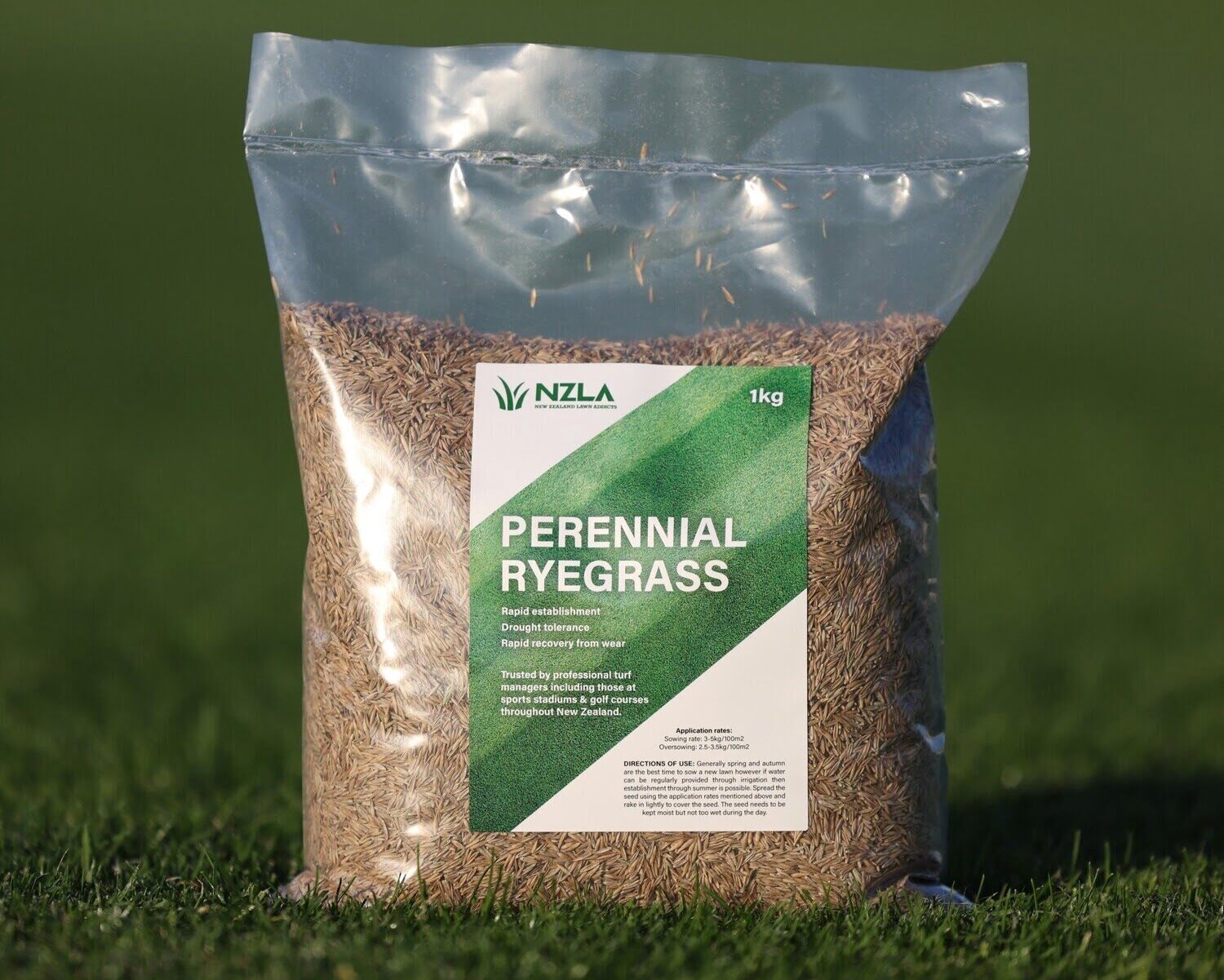
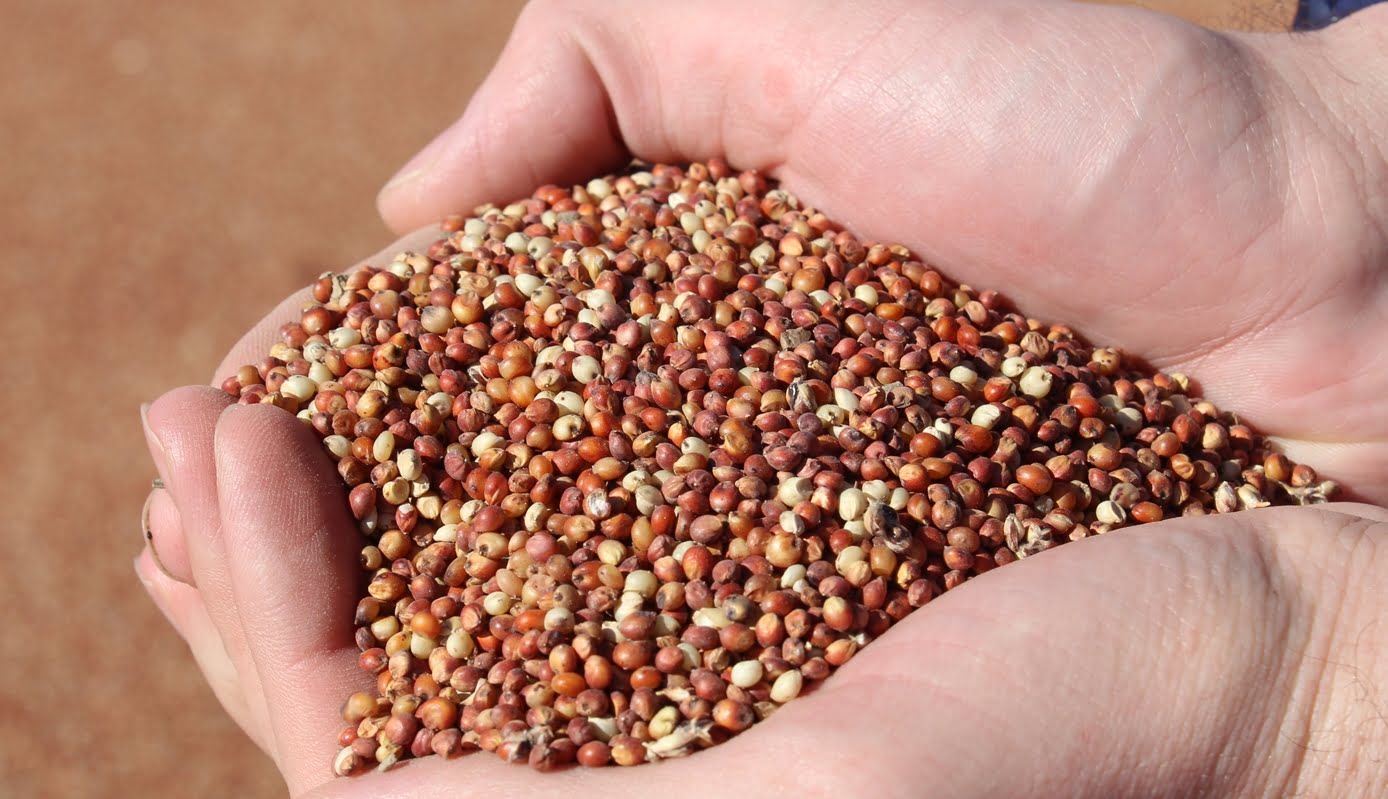
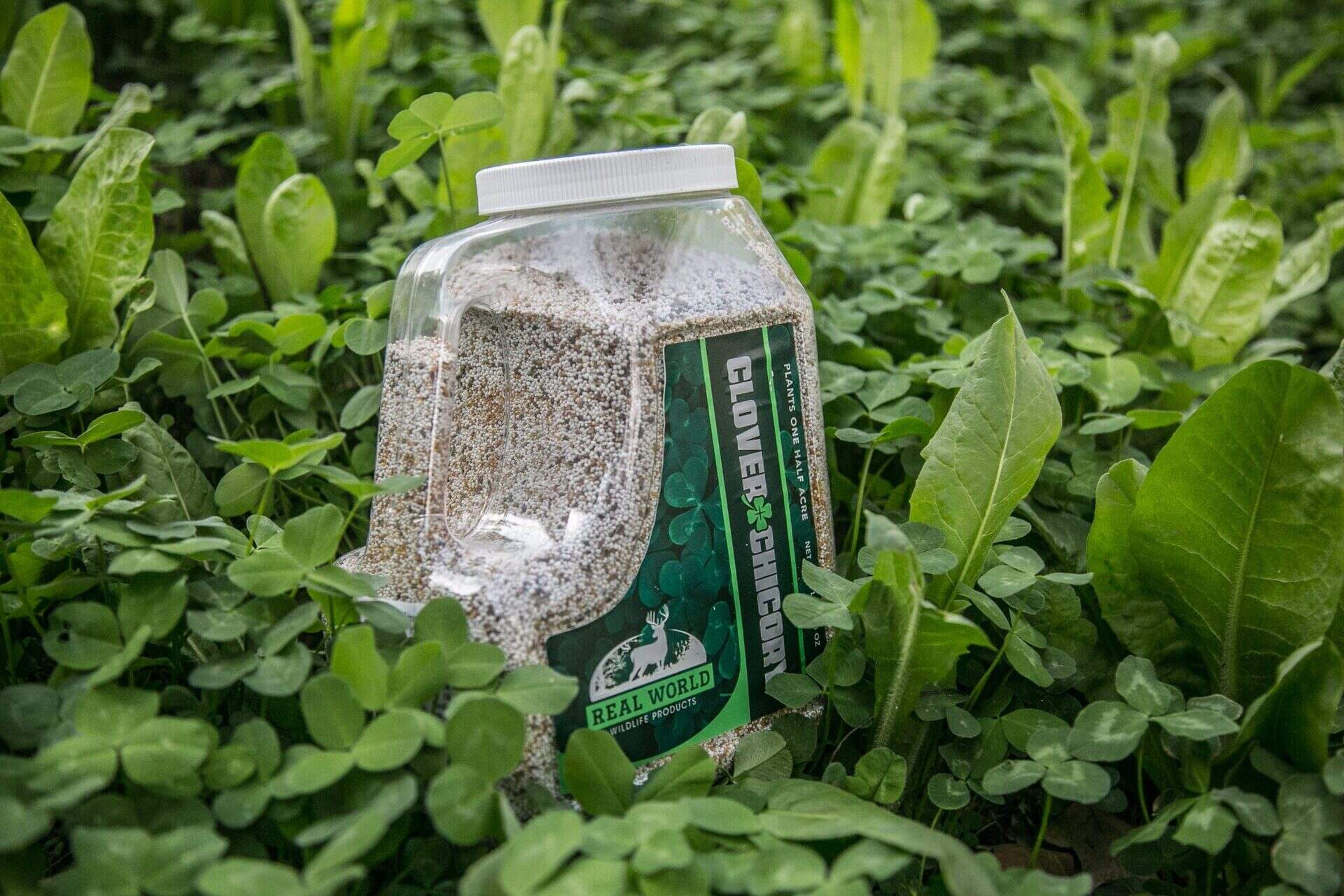
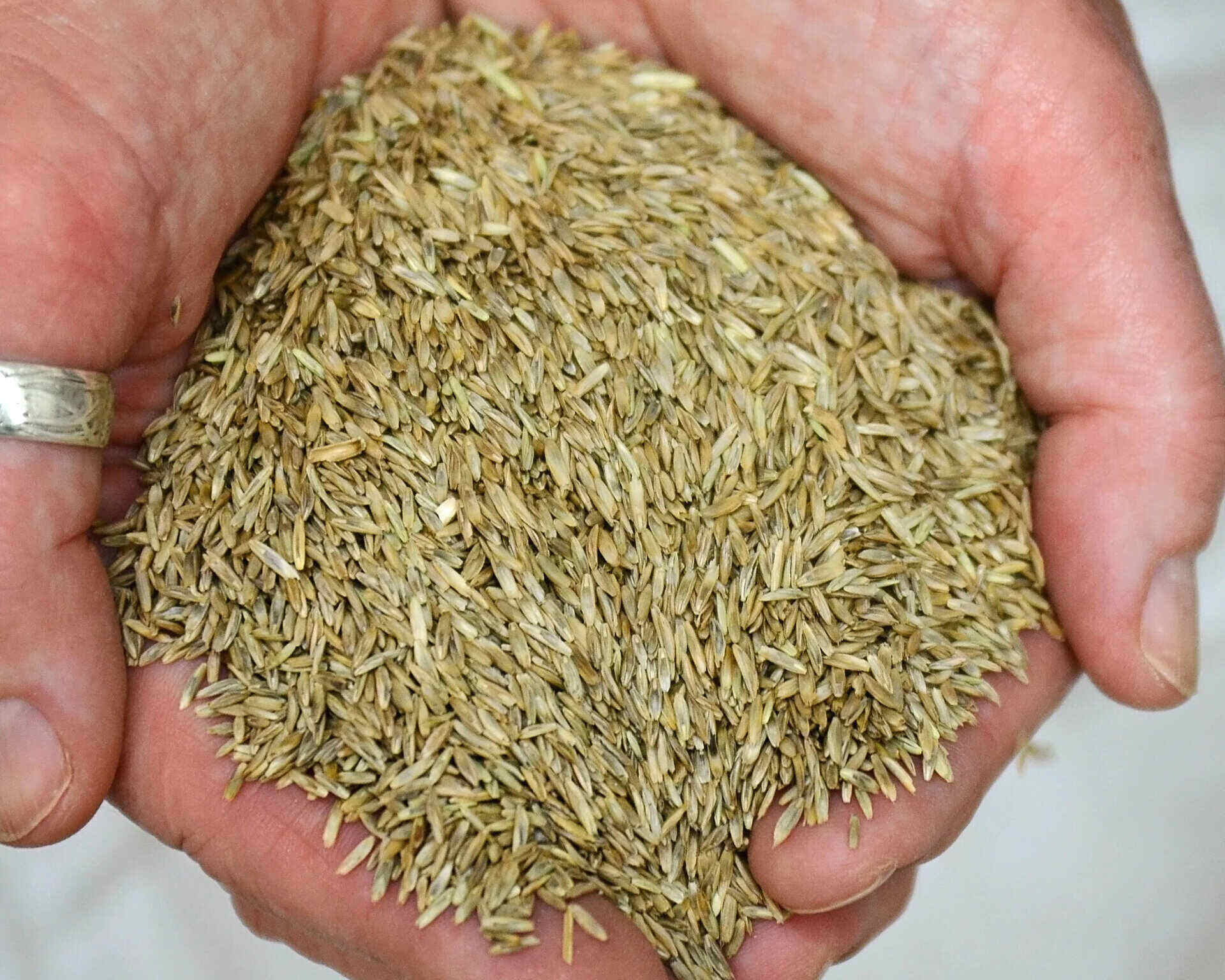
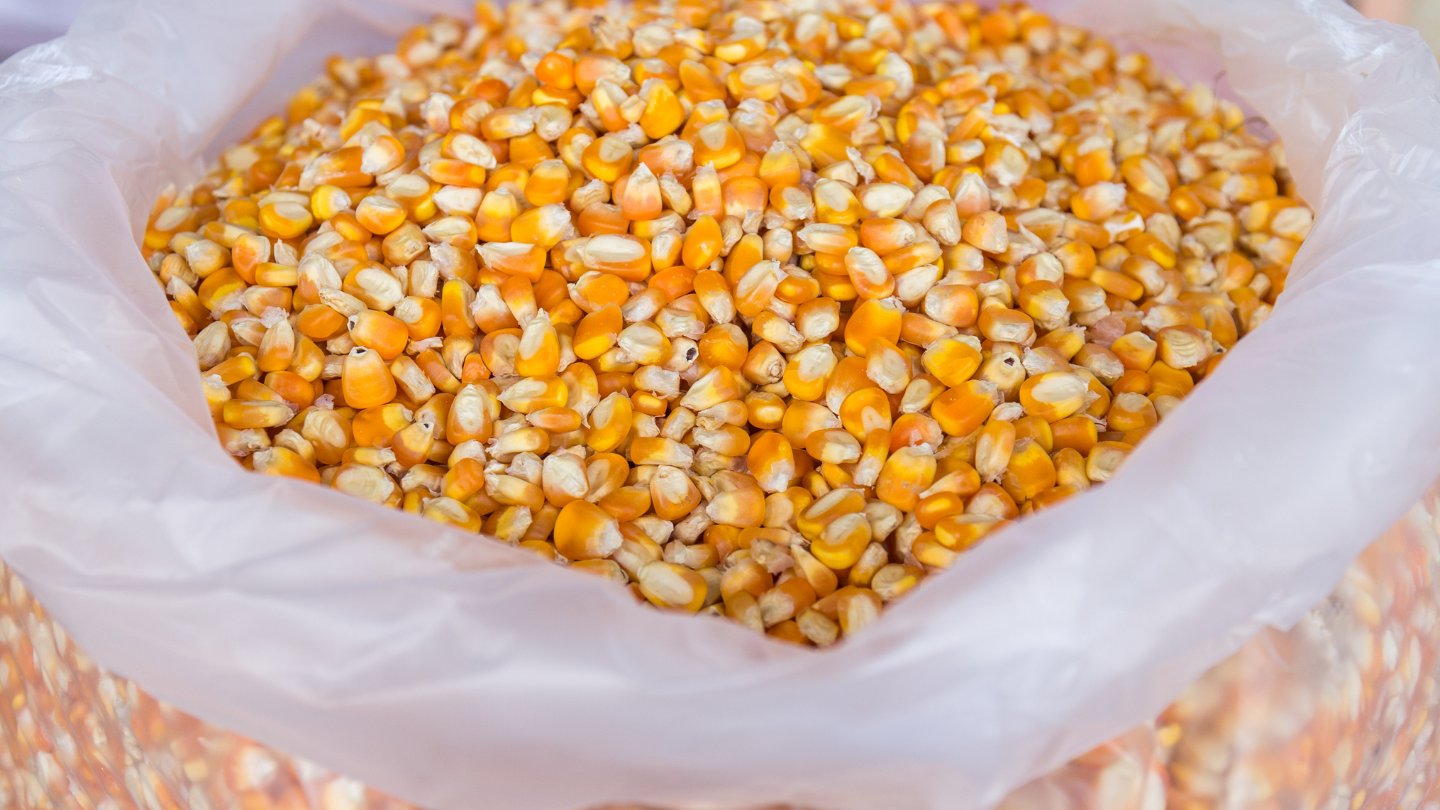
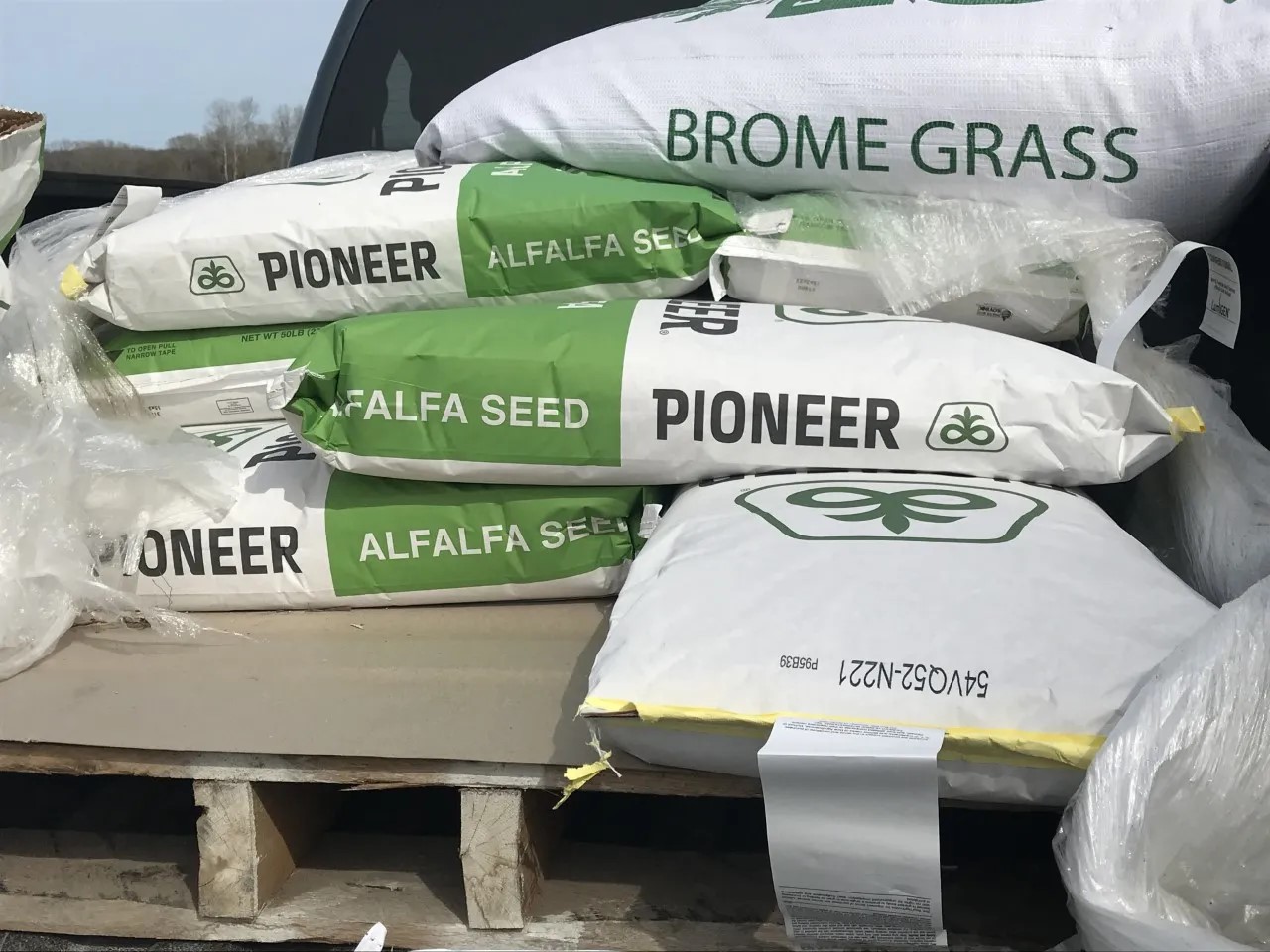
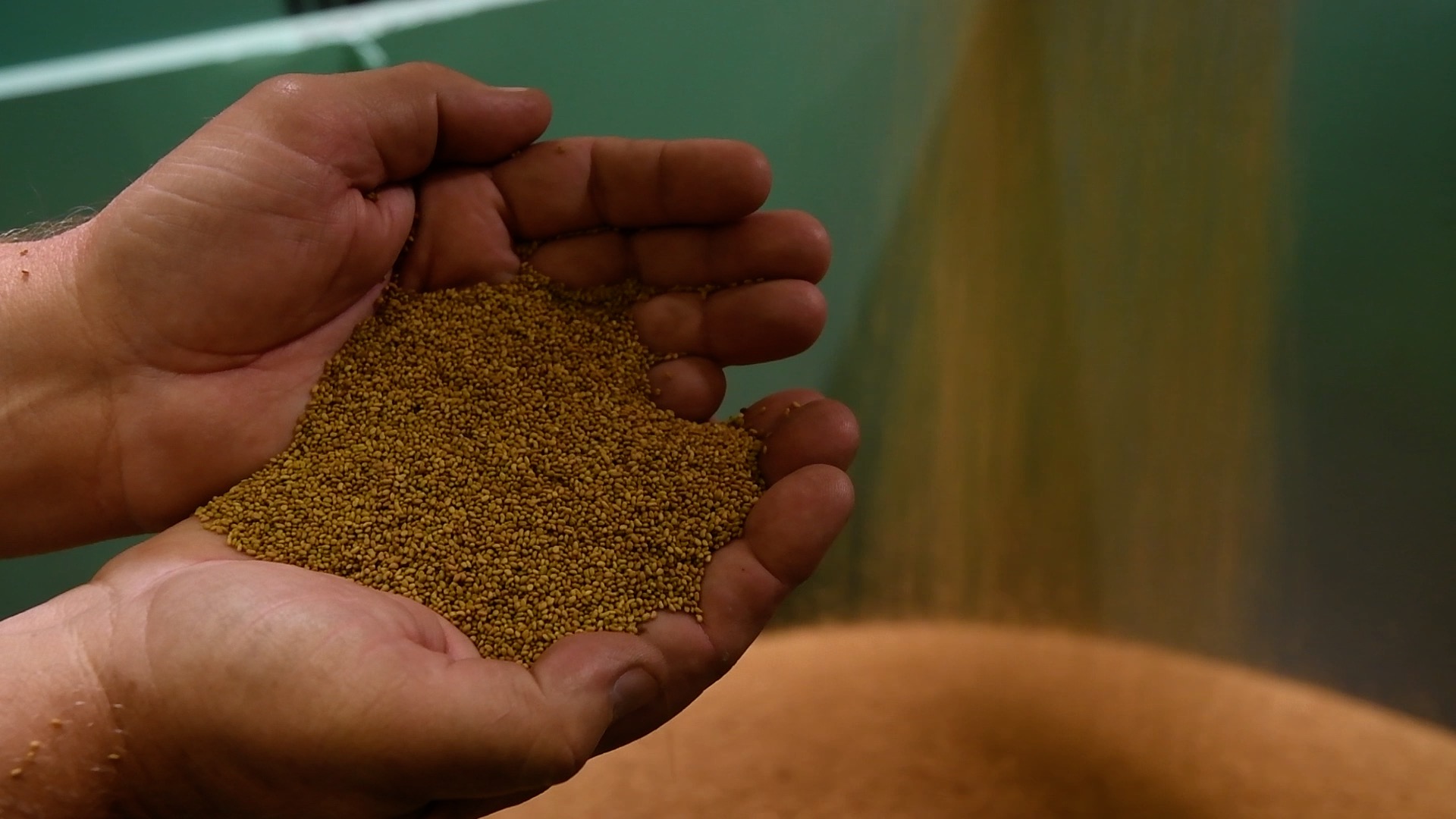

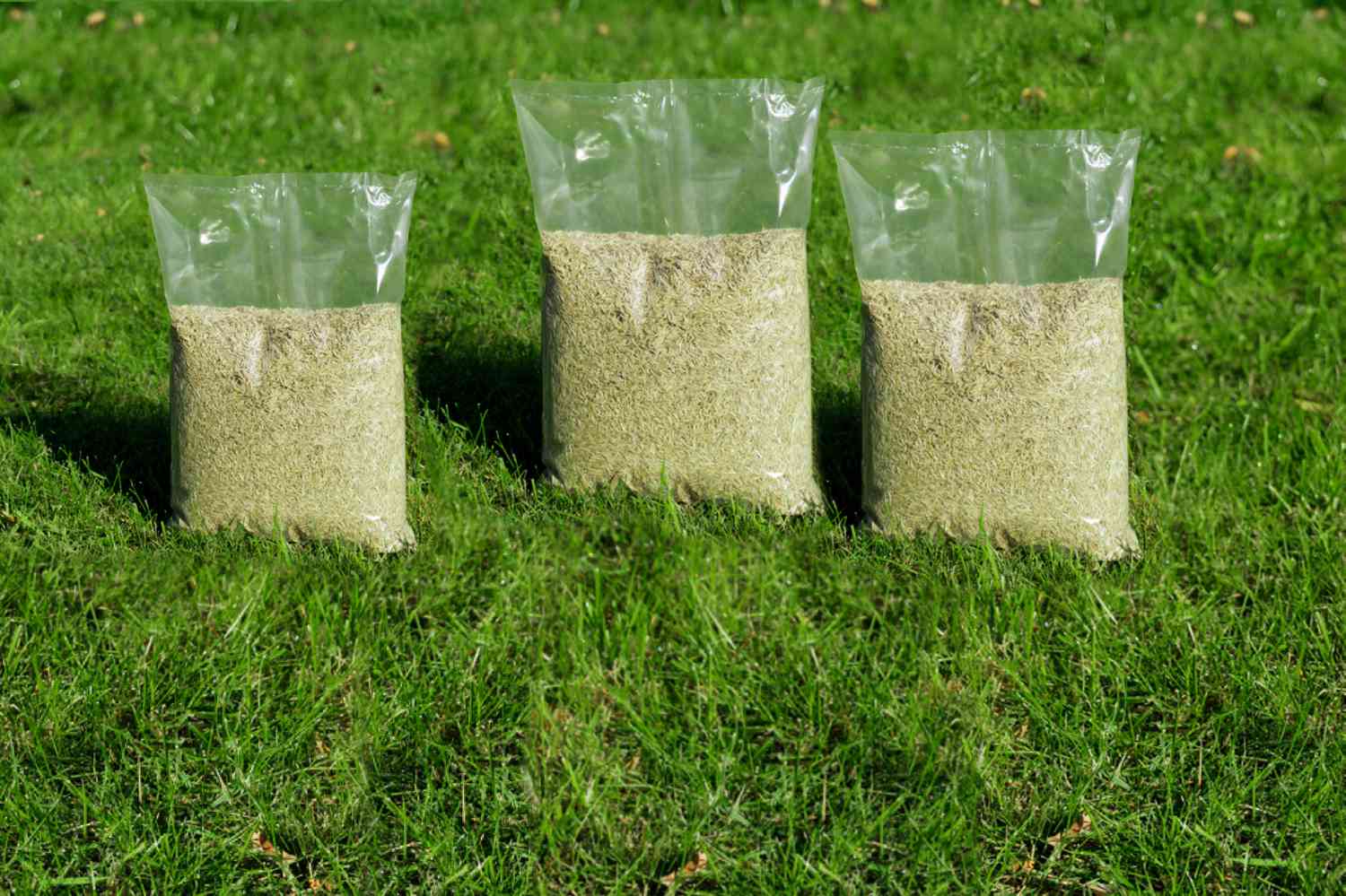

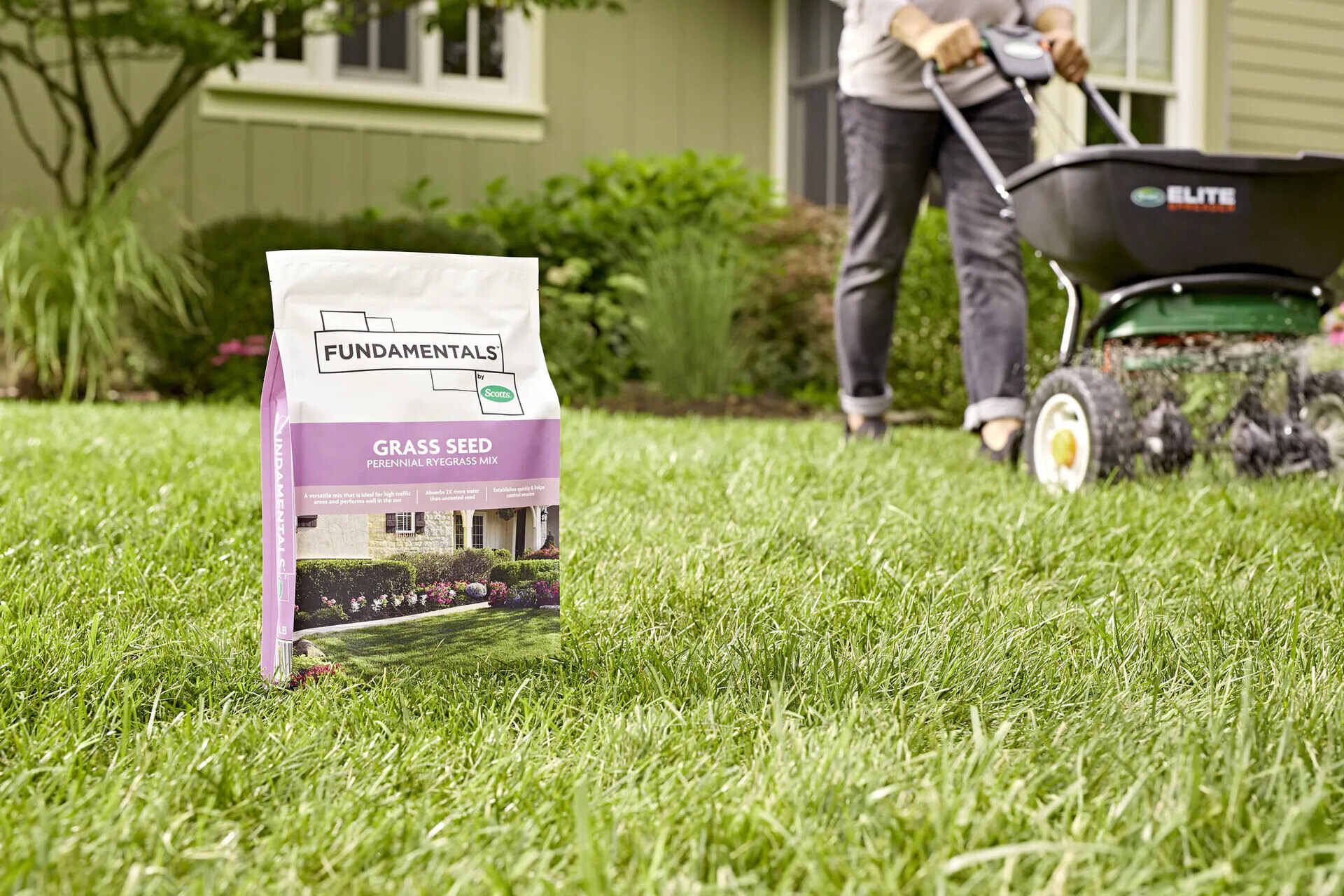


0 thoughts on “How Much Fertilizer Per Acre Of Corn”